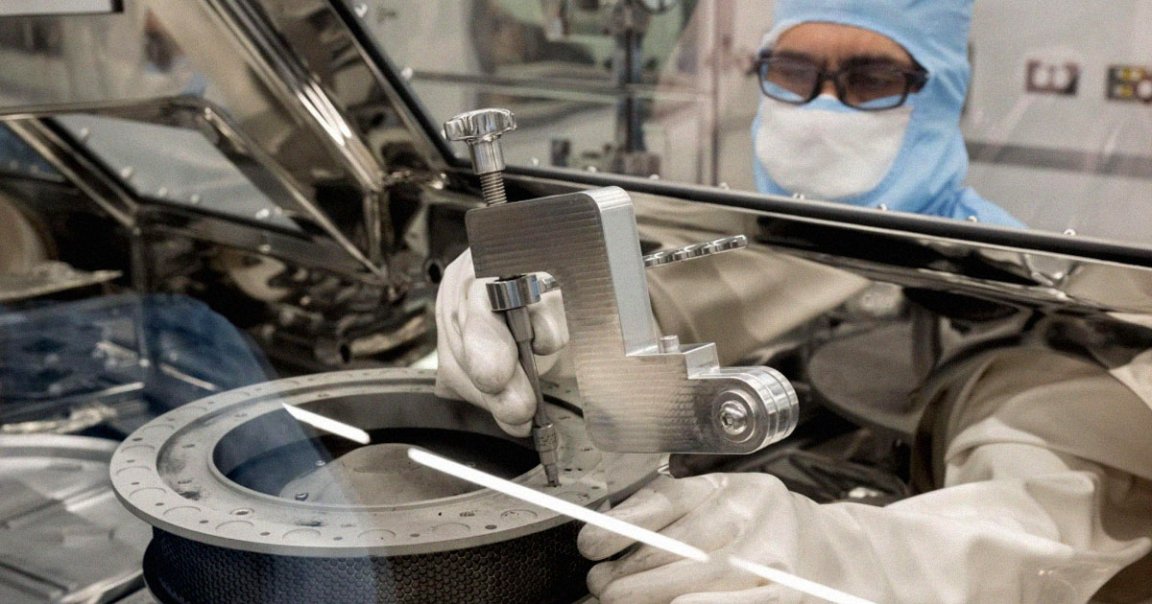
Winning Lid
NASA’s team has finally managed to pry off the last two stuck fasteners on the container that holds some incredibly valuable stuff: materials the agency’s OSIRIS-REx spacecraft sampled from asteroid Bennu, over 100 million miles away.
The samples, tucked inside a special landing capsule, were dropped off in the Utah desert in September. The treasure was quickly delivered to a special facility at the Johnson Space Center in Houston, where scientists have been trying to access the loot ever since.
But getting a full look has proven difficult. While scientists have been analyzing samples found outside the main container storing the samples, the actual motherload inside the spacecraft’s Touch-and-Go Sample Acquisition Mechanism (TAGSAM) has proven far more challenging to access.
In an October update, NASA noted that “two of the 35 fasteners on the TAGSAM head could not be removed.”
Now, just over 3.5 months later, the main container is finally open.
“Finally having the TAGSAM head open and full access to the returned Bennu samples is a monumental achievement that reflects the unwavering dedication and ingenuity of our team,” said principal investigator Dante Lauretta in a statement.
“We eagerly anticipate the next chapter as we share these precious samples with the global scientific community and continue our journey of discovery,” she added.
Custom Tools
The holdup was caused by the lack of necessary tools to get the two fasteners unstuck inside the carefully designed glovebox, an enclosed container that’s purged with nitrogen to prevent contamination. It’s essentially a big cabinet with glass walls, allowing scientists to handle the samples through integrated gloves.
Over the last couple of months, teams have had to “design, develop and test new tools that allowed us to move past this hurdle,” as Eileen Stansbery, division chief for Astromaterials Research and Exploration Science at Johnson, explained in the statement.
The new tools include “newly custom-fabricated bits made from a specific grade of surgical, non-magnetic stainless steel,” according to NASA.
Fortunately, the team has already been able to collect 70 grams (just under 2.5 ounces) of material. A preliminary analysis has shown that the Bennu samples are rich in both water and carbon — the “building blocks of life on Earth,” as NASA put it in a triumphant October announcement.
And we can’t wait to find out what they find now that the container is finally fully open.
More on the mission: Scientists Surprised by Samples Recovered From Ancient Asteroid